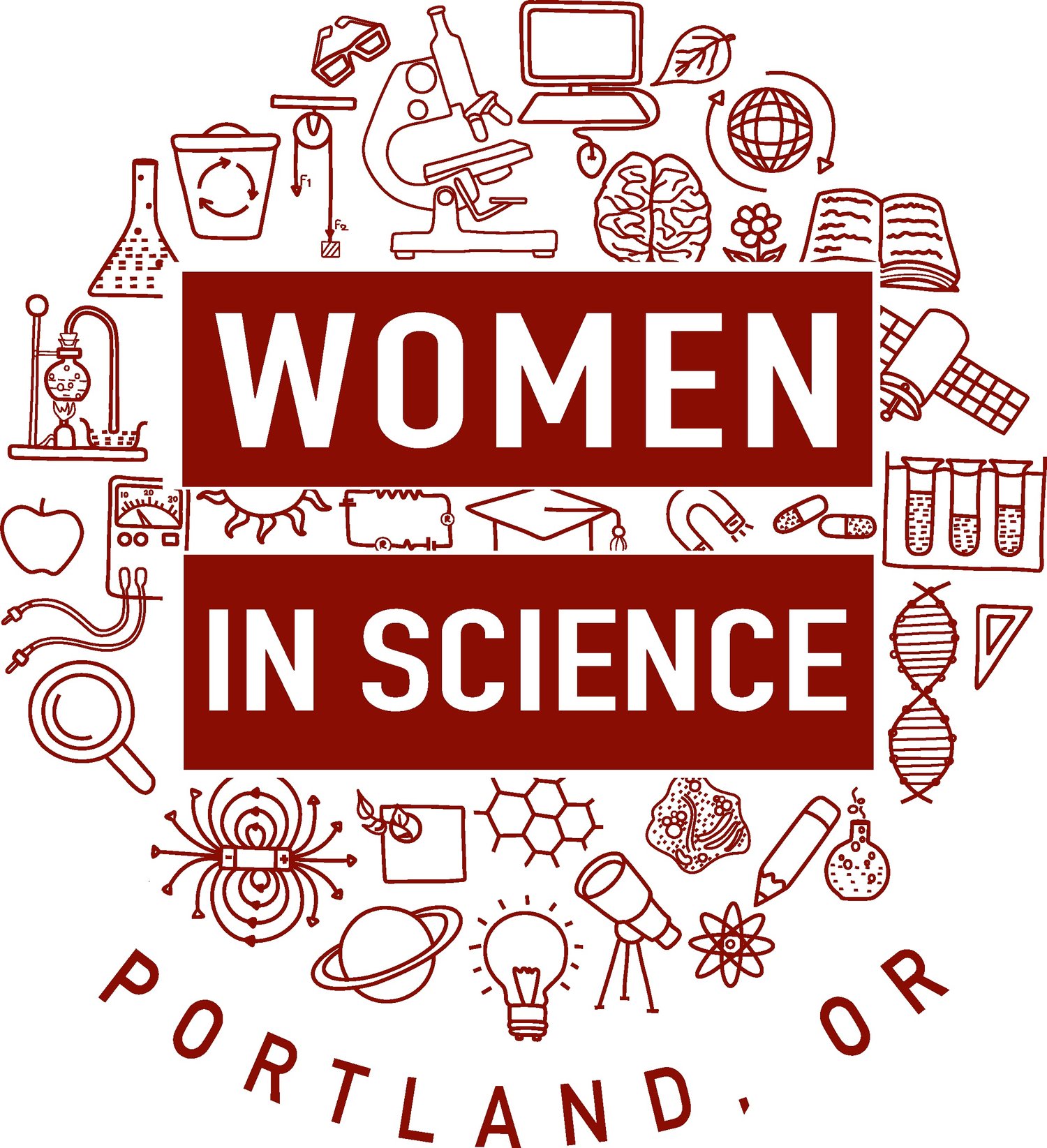Artistic Bias in Hominid Depictions
We humans like to think that we’re more ~evolved~ and ~sophisticated~ than our evolutionary ancestors. But then I think about how I don’t remember the last time I washed my bra while brushing old cookie crumbs off my sweater, and I’m forced to reconsider how I think about humans today and hominids thousands of years ago. Scientists are also facing this issue, and some are pointing out these biases in the February issue of Frontiers in Ecology and Evolution. Researchers report that most depictions we see of Neanderthals and hominids are based on largely artistic interpretations of bare-bones evidence, so there is plenty of room for bias to creep into these representations. Using the same information, two reconstructions can look different, like in the side-by-side images of the Taung child, a 2.8-million-year-old Australopithecus africanus skull discovered in South Africa in 1924. The left panel, made with a sculptor’s intuition, appears more ape-like than the right panel, which was made working alongside a scientist.
Furthermore, early humans are often depicted with darker skin that gets lighter and lighter as species become more and more bipedal (like this one at the Smithsonian National Museum of Natural History in Washington, D.C.). But there’s no scientific evidence that this is true, and even suggests the idea that more “evolved” people have lighter skin. Ultimately, representations of our past matter. Anti-Black rhetoric has long employed evolutionary science to justify the subjugation of Black people in particular, and people of color as well. Using the most accurate and equitable practices in educational materials and museums will have an impact on how we perceive the “Other” and how we perceive ourselves. For some, it may be tempting to elevate Homo sapiens above our evolutionary ancestors, but the truth is that our species is just one in a long line of mammals on the broader evolutionary scheme. (Read more here.)


Natalie Wang is currently working on her undergraduate degree in Neuroscience at Johns Hopkins University as a Hodson Trust Scholar. Her research interests are in DNA damage and repair, as well as post-operative delirium in older patients. Natalie started volunteering with WIS PDX in 2019 as a member of the outreach and education team, and is now the producer and a co-host of WIS's podcast, WISterhood. When not listening to music or doom-scrolling on Twitter, she can be found checking closets for Narnia.
